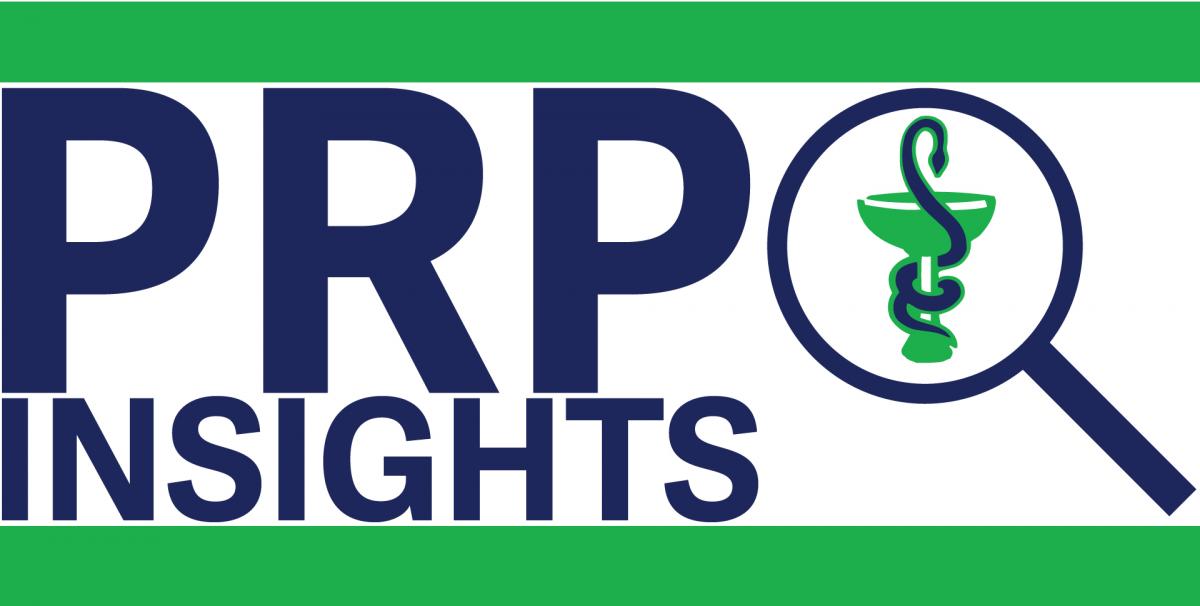PRP Insights: Sterile Compounding Mini-Series – Gloved Fingertip Sampling and Media Fill Testing
The College standards for sterile compounding came into effect on July 4, 2022. Pharmacy professionals involved in sterile compounding are expected to be in full compliance with the Model Standards for Pharmacy Compounding of Non-hazardous Sterile Preparations, and Model Standards for Pharmacy Compounding of Hazardous Sterile Preparations.
The purpose of the Model Standards is to provide pharmacy professionals with the guidance necessary to evaluate their practice, develop service-related procedures and implement appropriate quality controls for both, patients and compounding personnel.
As of September 2022, the College has been reviewing sterile compounding services under the Practice Preview Program using the Sterile Compounding Review Form. During sterile compounding reviews, Compliance Officers may identify areas of non-compliance, for which they will then work with pharmacy staff to ensure deficiencies are addressed through establishment and implementation of corrective measures. This article is the second of a series that highlight areas of non-compliance observed during sterile compounding reviews. As a follow-up to our first article on sterile compounding policies and procedures, this installment discusses compounding personnel competency assessments, specifically, gloved fingertip sampling (GFS) and media fill testing (MFT).
Before compounding any sterile preparations, compounding personnel must receive specific training in the workplace and must undergo and pass an assessment of their competency. Section 5.1.2.3 of the Model Standards for Pharmacy Compounding of Non-hazardous and Hazardous Sterile Preparations requires a competency assessment program which involves compounding personnel performing a practical test in the workplace clean room, including GFS and MFT. These assessments verify compounding personnel’s garbing and aseptic processes and evaluate knowledge of and compliance with operating procedures within the workplace. When conducting sterile compounding reviews, Compliance Officers have observed the following areas of non-compliance:
- A competency assessment program, including GFS and MFT, was not established,
- A competency assessment program was established, but not all compounding personnel completed a GFS and MFT prior to compounding sterile preparations for patients, or
- Compounding personnel’s GFS and MFT were completed in a different workplace from the one they were compounding at.
Compounding personnel must pass a GFS and MFT before compounding sterile preparations for patients. In addition, GFS and MFT assessments must be repeated at least once a year if compounding sterile preparations with low or medium risk level, and at least twice a year for preparations with high risk level. These assessments must be completed at all of the workplaces where the employee compounds sterile preparations. If an employee works at two pharmacies and is expected to compound sterile preparations at both pharmacies, they need to be assessed at each pharmacy. This is to account for the specific facility design, location of the hand hygiene sink, and the pharmacy-specific policies and procedures for entering controlled areas, garbing appropriate PPE, performing hand hygiene, gloving, and aseptic compounding.
The sterile compounding supervisor is responsible for the training and competency assessment program for all employees involved in compounding sterile preparations, as well as establishing a Quality Assurance Program that includes, but is not limited to, verification of aseptic compounding processes. A competency assessment program that includes GFS and MFT must be implemented and compounding personnel must pass these prior to compounding sterile preparations for patients.
Refer to Section 7.4 Quality assurance of personnel involved in aseptic compounding for more information on GFS and MFT.
Stay tuned for the next PRP Insights Sterile Compounding Mini-Series article – Compounding Sterile Preparation Logs.
To learn more about the Practice Review Program, including how to prepare for your review, visit:
 Share
Share



